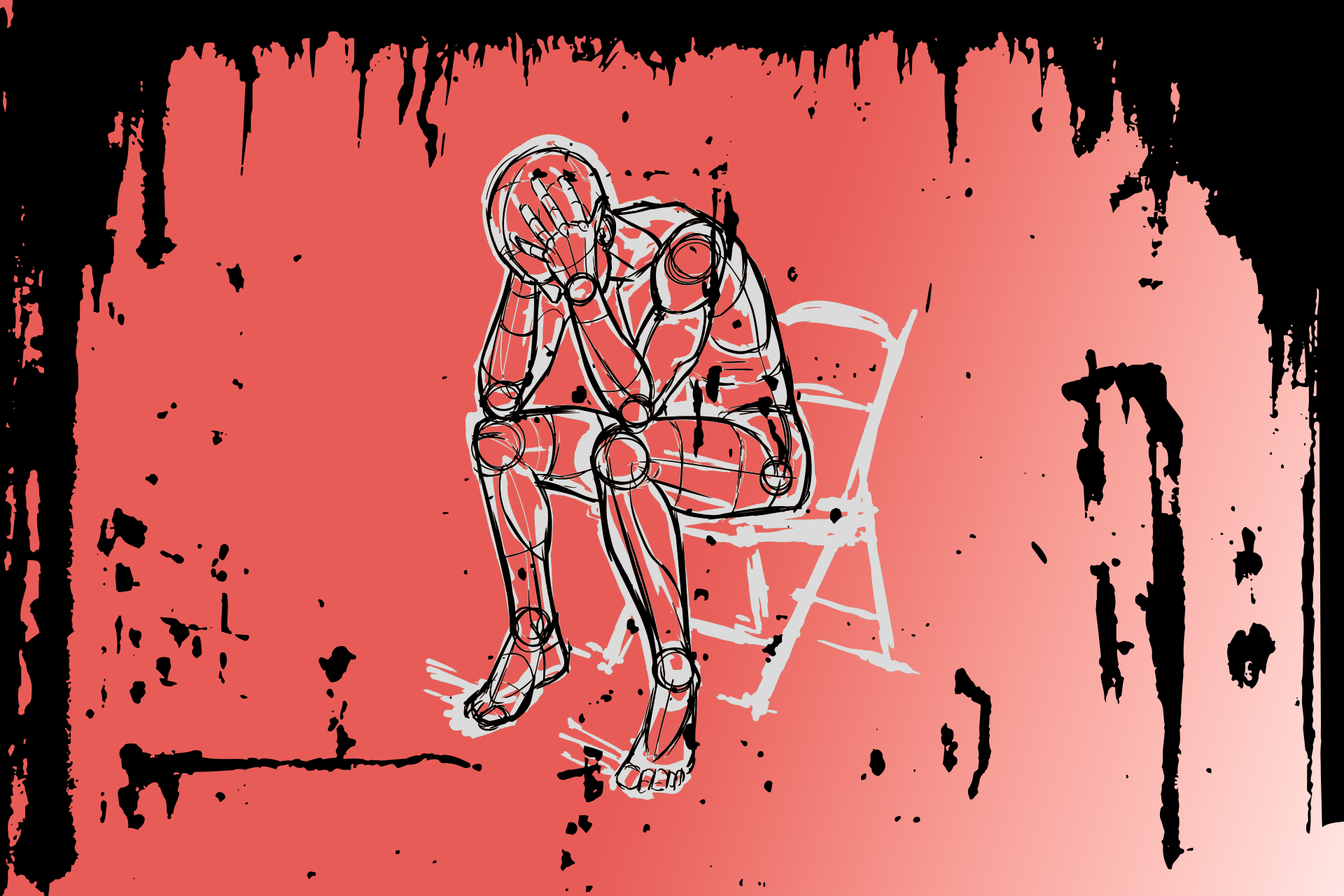
On the evening before International Overdose Awareness Day, I awoke to the house manager of my sober-living house standing over me, naloxone in hand, as I rose up and got a feel for my surroundings.
I was lying in bed with my laptop pushed to the side; I assume I had been writing. He promptly but calmly informed me that I had to move out by the morning and live elsewhere for at least three months to clean up my act. I was disoriented and in shock, but I can remember with great clarity the weight of shame from using and uprooting myself yet again. I briefly told him about my recent struggles with mental health before I shook the numbness out of my legs and immediately did what I've trained myself to do in moments of fear: I packed a bag, rented a motel room for two nights, grabbed a handle of cheap Canadian whiskey and copped some more dope.
The last thing I remember was sitting in a dimly lit room, curtains closed, finishing last week's newsletter. I chugged as much liquor as I could as I emptied the powder from about a dozen gel capsules onto the small table. It was an act of desperation — one that I hoped would bring blackness, an absence of pain and a way out.
I awoke on International Overdose Awareness Day, hooked up to oxygen in an ambulance.
"Did I overdose?" I remember asking the paramedic, already knowing the answer. I then recalled that just days before, I watched Baltimoreans mourn the lives of loved ones who had died at the hands of the crisis.
I couldn't quite hear what he said, but I knew I had been administered naloxone again. I strained to raise my head and make sense of his words, but I could only make out some dismissive remarks from him and another man in the ambulance that reeked of condescension and judgment.
They may have well said, "Just another junkie."
Upon arriving at a local hospital, they provided some details of the incident as I came out of the confusing haze that I've come to associate with the experience of being revived from an overdose.
"29-year-old male, fentanyl overdose, left behind a suicide note saying how he wanted to die and hoped there was an afterlife," the medic said unflinchingly to hospital staff.
Clearly, he had responded to similar calls before.
Like the overdose less than 24 hours before, I was ashamed. Yet, unlike the last time, I felt that way not because I had used again but because I had failed at doing the one thing I thought I'd be good at: destroying myself. I knew my actions would cause immense pain to the people who love me, but I found myself grasping for any possible way to end mine.
I'm writing this newsletter not because I'm special or alone in how I've experienced substance use, or more specifically, substance use disorder. In fact, I come from a place of privilege, growing up with a loving, middle-class family in a quiet, small town. Yet I feel like it's my duty as a harm reduction advocate to be transparent about my own struggles with mental health and drugs, especially given that September is designated as both National Suicide Prevention Awareness Month and National Recovery Month.
I've struggled with SUD, along with bipolar disorder, since I was a teenager, though alcohol and cocaine were the most problematic drugs throughout most of my life.
Opioids, however, were special. I first experienced them when taking an old bottle of oxycodone when I was 16, also in an attempt to kill myself. I fell out that night, but I only remember the "warm hug" I felt as I drifted into unconsciousness.
Deep down, I knew I'd always love them. And I'd come back to them, whether for pleasure or a permanent end to mental agony.
The consequences of my addiction, whether it be loss of jobs, relationships or suicidal ideation, are something that many people with SUD face at some point. And with a raging overdose crisis and increasingly lethal drug supply, death is more common than ever for the population.
That day, I knew how dangerous the drug supply was before I ever bought the "boy" from the local corner. I knew all the ways I could have used more safely: I could have tested my drugs, acquired a safe use kit or, perhaps most importantly, reached out to someone. I could have called a crisis hotline, my therapist or a loved one.
None of that mattered on Aug. 31. I'm a harm reductionist, but harm was the goal that day.
So I was angry when my ex-girlfriend and family managed to find my location at the local Motel 6 and call the paramedics. And I was furious that they managed to find me in time to revive me.
Yet, as I sit typing out this newsletter, I'm thankful that I can live another day to advocate for the rights of those who use drugs and the harm reduction movement through writing. After all, if it weren't for naloxone becoming so ubiquitous in recent years, I wouldn't be here right now. I was luckier than thousands of people in Baltimore who died alone over the past decade.
I would be lying if I said the kind of advocacy journalism I've strived for hasn't become increasingly difficult as my mental health has suffered. I've struggled most with self-worth and overwhelming feelings of hopelessness. Amid waves of shame and guilt, depression has intensified and mania has become harder to find.
Those factors have played a role in numerous "relapses" I've experienced in the 2 1/2 years I've lived in Baltimore, and I put that word in quotes because it sounds filthy.
Is it a "relapse"? Or is it just using drugs again?
As ludicrous as it sounds, I picked back up almost immediately after I learned that my application for a fellowship, which I had eagerly awaited a response to, was denied. It would have paid my salary for a year, and I felt it was my only opportunity to return to a sense of stability. More importantly, it would make me feel like I am someone again. I would be a respectable journalist.
I could have pivoted, applying for newspaper jobs nationwide or sifting through other fellowship opportunities. But I've come to love Baltimore. I've come to love the people who use drugs that I've chatted with on the street and the laughs we've exchanged. And I've come to adore the people who dedicate their lives to ensuring drug users see another day.
So, I hit a wall. The denial was the straw that broke the camel's back, coming on the heels of a building sense of despondence that dates back to before I ever touched alcohol, cocaine or opioids.
This newsletter is not intended to glorify drug use or suicide, nor am I advocating for the "sober lifestyle" thrust upon so many people who actively use drugs.
I just had some things to get off my chest, and I hope someone can read this and understand they're not alone in their pain.
Drugs propel me to a place like they did last week, and I cannot maintain a semblance of sanity while under the influence, nor have I ever been able to. But there is nothing wrong with using drugs, and my story cannot be weaponized as a blanket statement about everyone else who uses them and the impact they have on each individual.
Only a small percentage of people who touch drugs ever develop an addiction. And some of the most beautiful people I've ever met have been on their way to get their next hit. If anything, this experience has fueled my desire to fight for the rights of drug users and to make sure they're not alone, like I've often felt. We all must fight for our most vulnerable, ensuring they can exercise their right to autonomy, dignity and compassion.
For fuck's sake, we need to at least afford them the right to live.
I debated writing this newsletter heavily, as it's deeply personal, and my readership is an odd mix of government officials, public health experts, harm reduction advocates, friends and family. But I could not move forward as if nothing had happened this past week.
As it now stands, I'll do what I've done for the past decade: I will lace up my boots, grab a fresh pack of cigarettes and bounce back after the chaos.
I'll see you next week.

Last week's newsletter: "New data on Baltimore's OD crisis underscores the absurdity of local response"
Tomorrow is International Overdose Awareness Day. Here in Baltimore, it's estimated that two people will die by midnight.
The city's fatal overdose rate has been on the decline, but it remains astronomically high. The crisis has hit Baltimore's low-income Black neighborhoods the hardest, impacting the same people who are most likely to be arrested and incarcerated for drug-related "crimes." These grim patterns have existed for decades, proving that both the public health catastrophe and the War on Drugs do, in fact, discriminate. But it doesn't have to be this way.
“I don’t know anyone who has been in Baltimore more than five years that doesn’t know someone who has been impacted by this crisis,” Mayor Brandon Scott said at the city's Overdose Awareness Day event in West Baltimore on Thursday.
Read the full newsletter here.
Mobtown Redux's Overdose Data has been updated with the latest local, state and national data
Baltimore's overdose death toll in 2024 has increased to 778 — this is preliminary data that's subject to change as causes of death are determined. That marks a 25.4% decrease from the year prior.
In the 12-month period ending in June, Baltimore saw 563 deaths, a death rate of 96.1 per 100,000 people. Statewide, there were 1,338 deaths, a death rate of 21.7 per 100,000 people.
The data indicates that fatal overdoses continue to trend downward after years of climbing, though poor Black neighborhoods in West Baltimore continue to suffer the most.
Check out Mobtown Redux's Overdose Data Dashboard here.
Click here to learn more about harm reduction resources in the Baltimore area.
Filter: "Nitazenes, the New Synthetic Opioids, Aren’t 'More Deadly Than Fentanyl'"
“Two Young Men Die From Street Drug That’s 43 Times Stronger Than Fentanyl. It’s Taking Hold in the US.” —People
“Stronger Than Fentanyl: A Drug You’ve Never Heard of Is Killing Hundreds Every Year” —Wall Street Journal
“This Little-Known Synthetic Opioid Is Up to 43 Times More Deadly Than Fentanyl, Resistant to Narcan and Killing Young Americans” —New York Post
These headlines are about nitazenes, the colloquial name for a category of novel synthetic opioids derived from 2-benzylbenzimidazole. They can indeed be more potent than fentanyl. And they are becoming more prevalent in the United States drug supply; we know this because more people are dying with nitazenes in their system. However, none of this means that nitazenes are killing people.
Click here to read the full article.





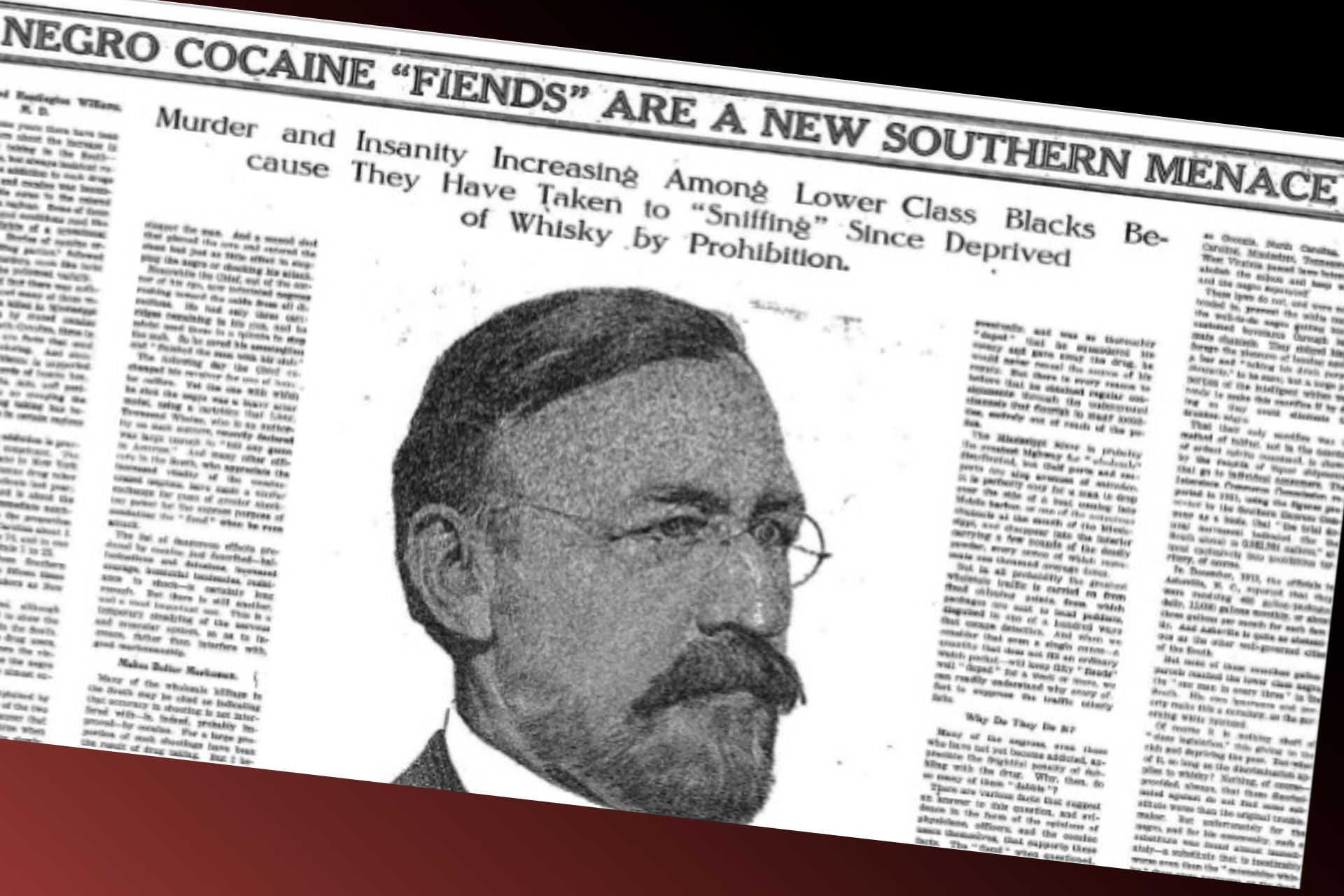
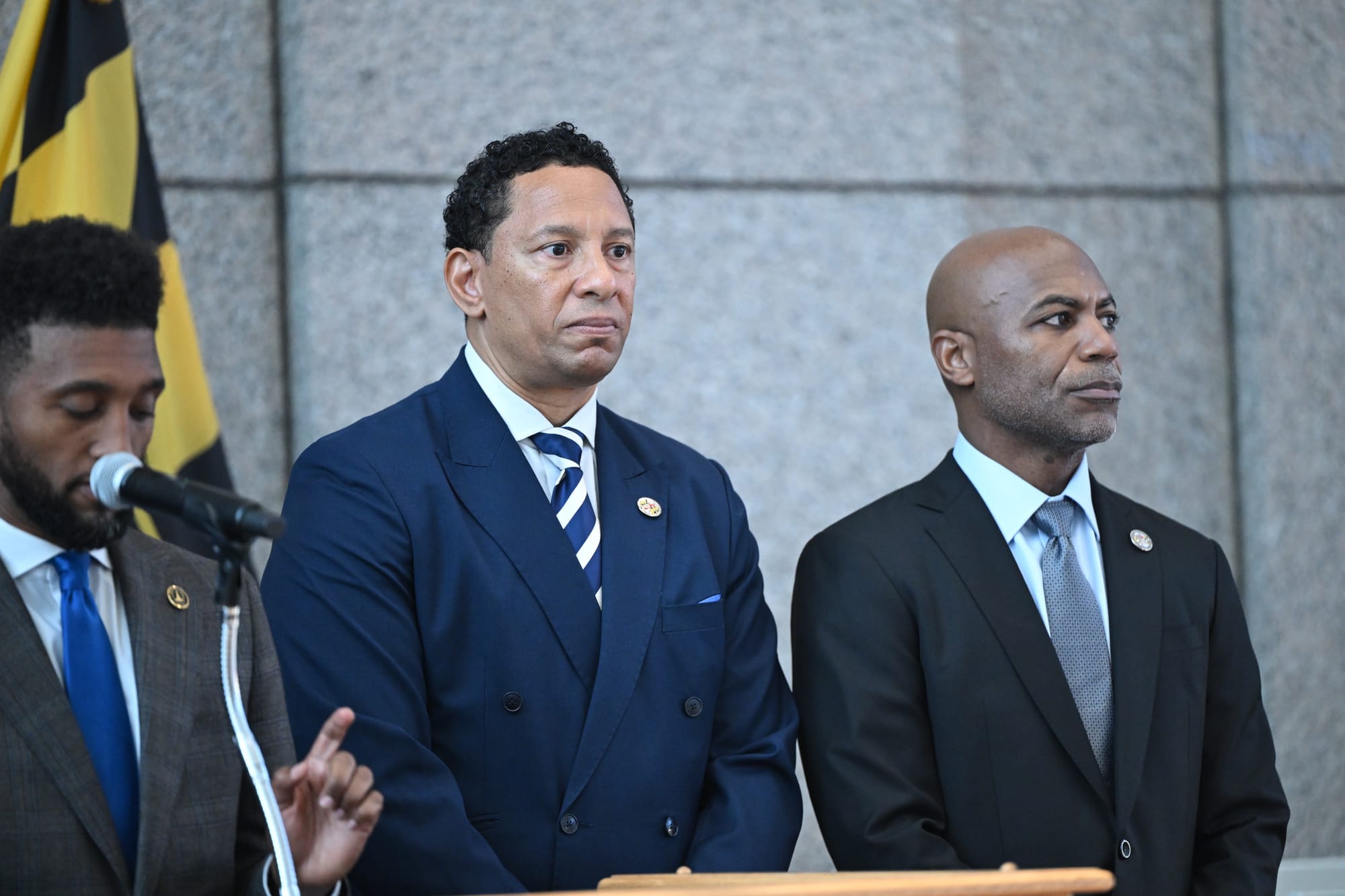
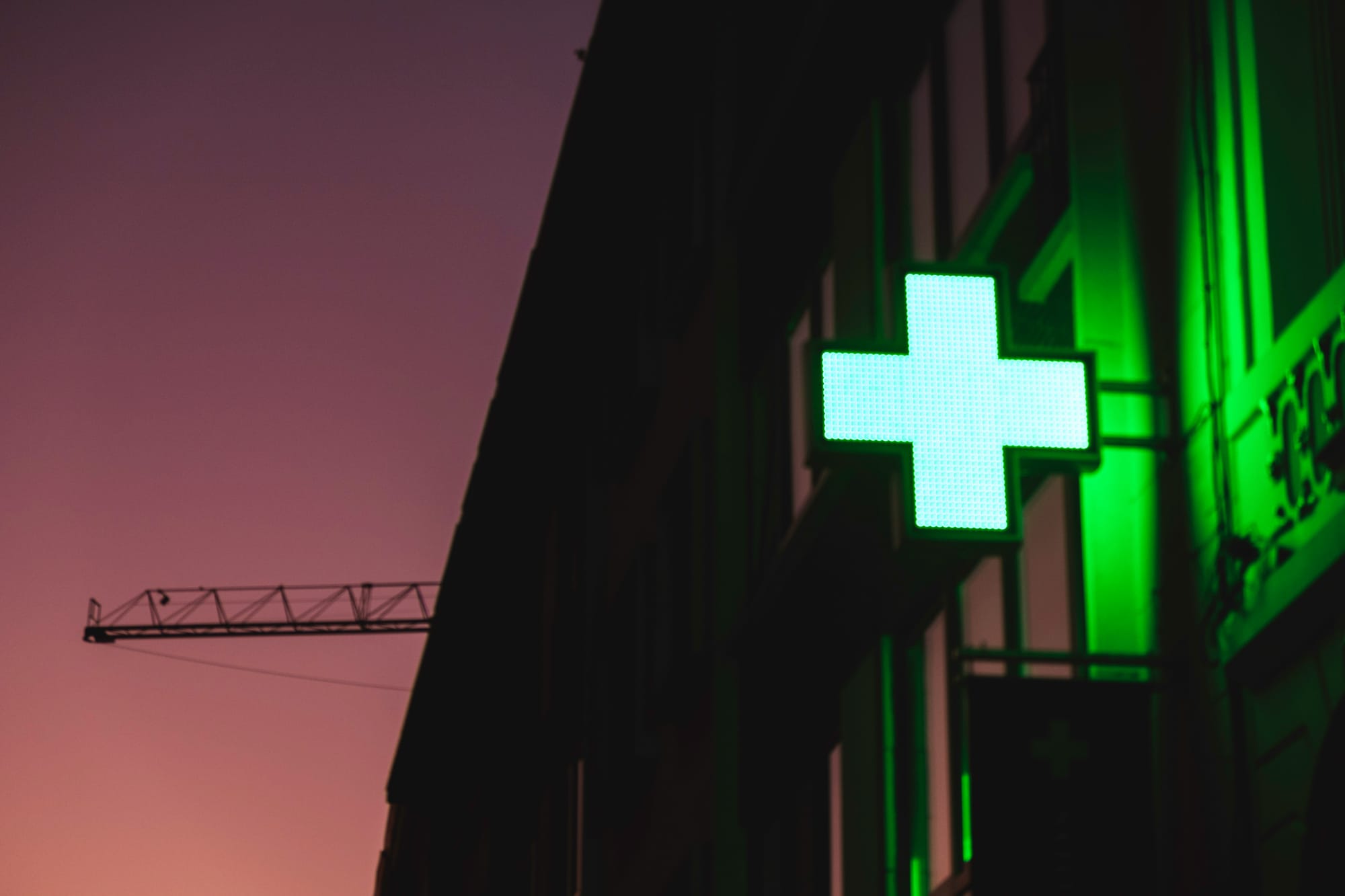
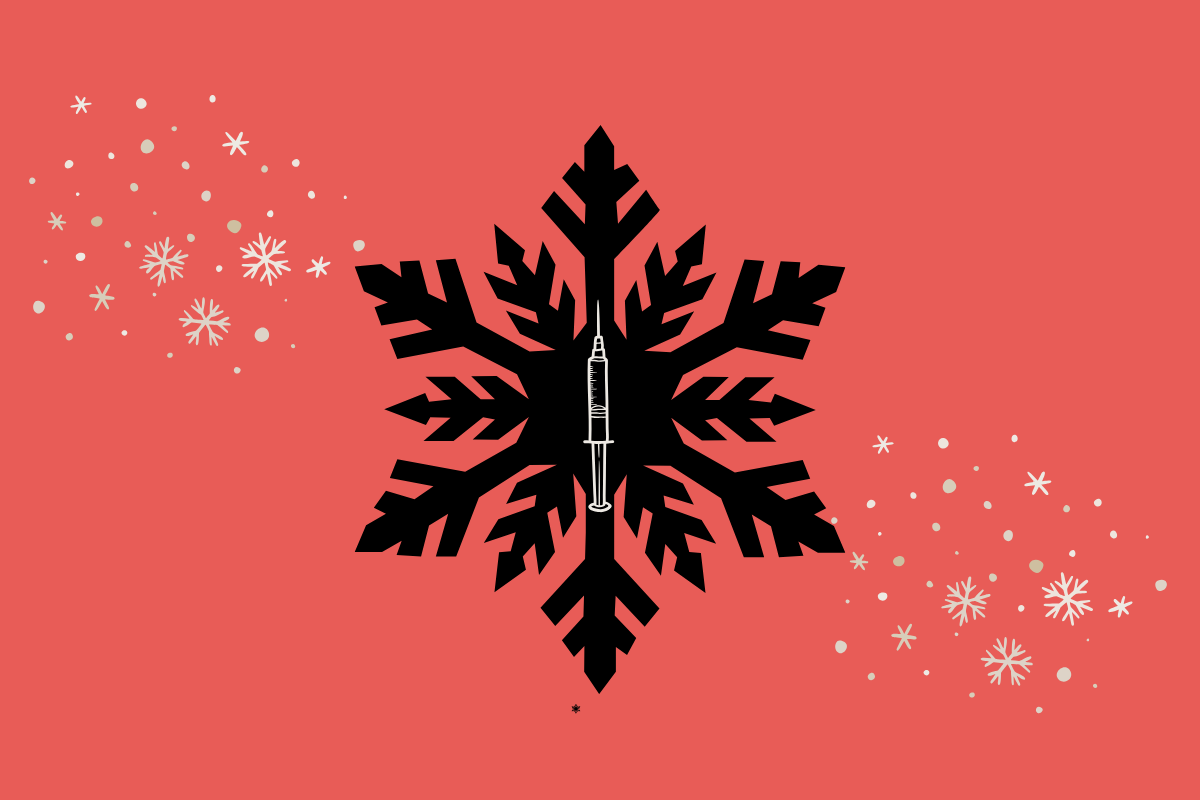
Comments